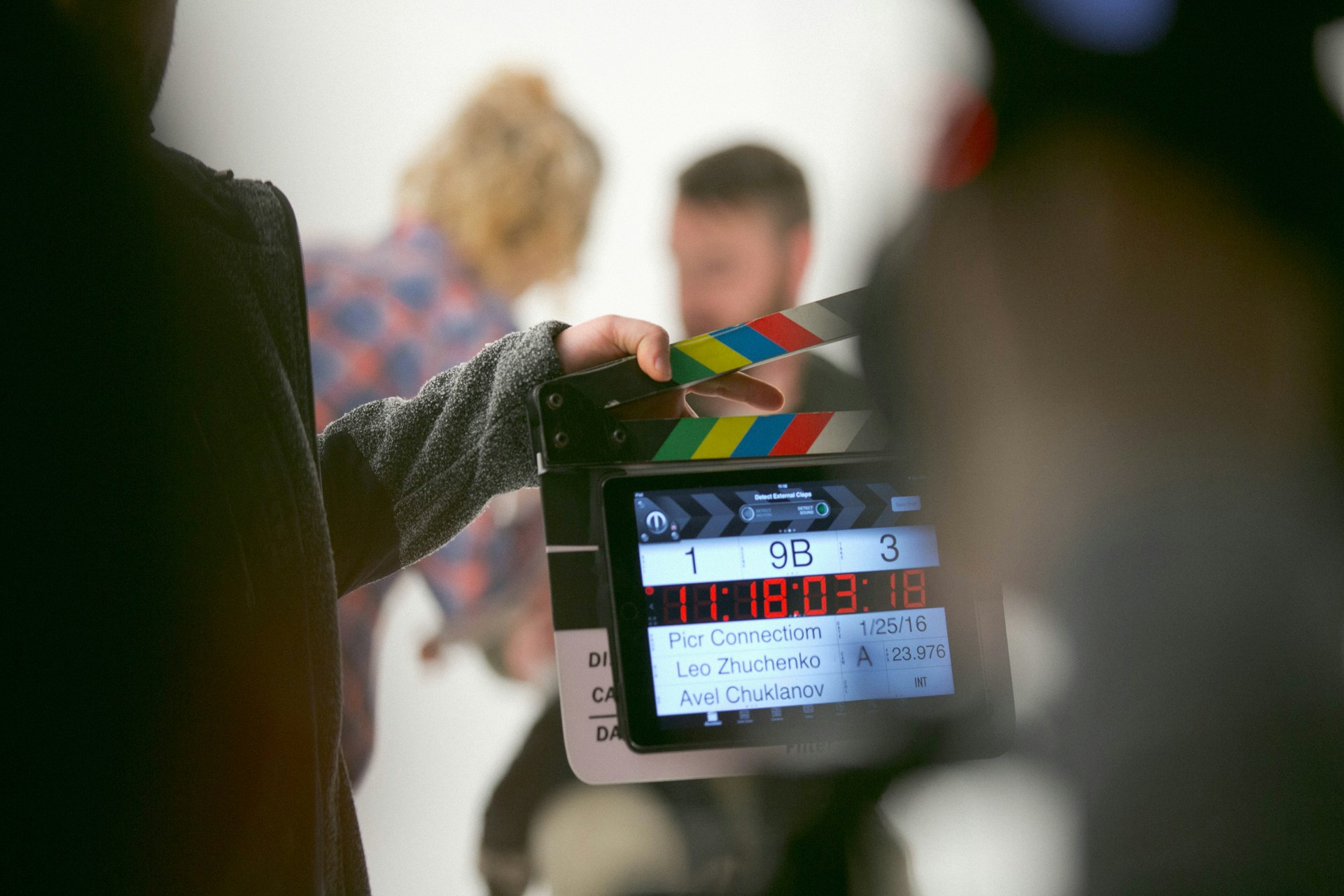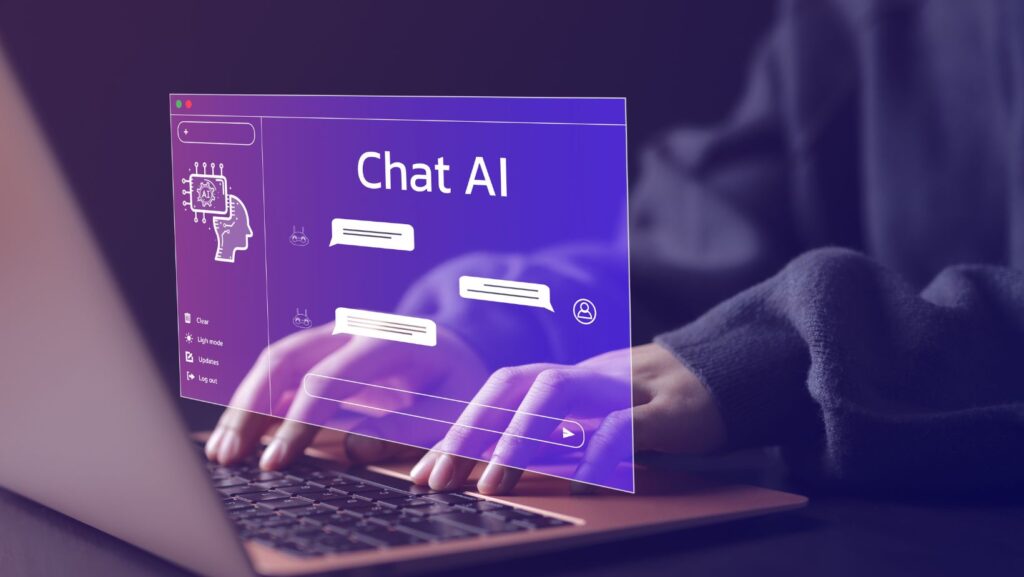The integration of Artificial Intelligence (AI) into filmmaking is transforming the industry, particularly in visual effects (VFX) and post-production processes. This technological revolution is enabling filmmakers to create more immersive and visually stunning cinematic experiences than ever before.
AI-Enhanced Visual Effects
AI is playing a pivotal role in enhancing visual effects in filmmaking. Top VFX studios around the world are harnessing AI to deliver groundbreaking visual effects that blur the lines between reality and digital creation. For instance, companies like Weta Digital and Industrial Light & Magic (ILM) utilize AI to automate repetitive tasks and enhance motion capture data. This not only speeds up the VFX process but also elevates the quality and realism of the output. AI-driven tools streamline animation, reduce rendering times, and enable the creation of lifelike characters and environments, revolutionizing traditional VFX methodologies.
Streamlining Post-Production
The post-production phase of filmmaking is witnessing significant efficiencies thanks to AI. Tools like Adobe Premiere Pro’s Sensei and DaVinci Resolve are incorporating AI to automate video editing tasks such as scene segmentation, shot selection, and even rough cuts. These AI-powered editing tools analyze raw footage, detect key scenes, and recognize facial expressions and speech patterns, which allows them to make intelligent editing decisions.

This automation significantly reduces the time editors spend on the initial cutting phases and allows them to focus more on refining the final product. Additionally, AI for audio is utilized in sound design to help synchronize sound effects with visual elements, remove unwanted background noise, and optimize overall audio quality.
Cost Reduction
AI streamlines many aspects of filmmaking, from pre-production to post-production. For instance, AI-driven tools can automate the tedious tasks of video editing, such as rough cuts, scene detection, and even complex visual effects, which traditionally require extensive human labor. This not only speeds up the workflow but also reduces the costs associated with long hours of manual work.
Realistic CGI and Motion Capture
AI technologies are also crucial in creating realistic CGI and enhancing motion capture techniques. Studios are employing AI to improve the accuracy and efficiency of motion capture, which is fundamental in generating realistic human and creature movements in movies.

Enhanced motion capture techniques powered by AI are particularly useful in films that require extensive special effects and animated sequences, enabling more dynamic and compelling storytelling.
Future Outlook
While AI is providing filmmakers with powerful tools to push creative boundaries, it also introduces ethical considerations, particularly concerning the use of technologies like AI deepnudes. This technology, capable of altering images in personal and significant ways, highlights the potential for misuse in the industry. It underscores the need for stringent ethical guidelines and robust regulatory frameworks to govern the use of AI in filmmaking, ensuring that these powerful tools are used responsibly to enhance artistic expression without compromising moral values.
The future of AI in filmmaking looks promising, with ongoing advancements poised to further revolutionize how movies are made and experienced. As AI continues to evolve, it will undoubtedly open new avenues for creativity, allowing filmmakers to explore uncharted territories of storytelling and visual spectacle. The challenge remains to balance these technological capabilities with ethical considerations, ensuring a future where AI enhances the cinematic arts responsibly and sustainably.



